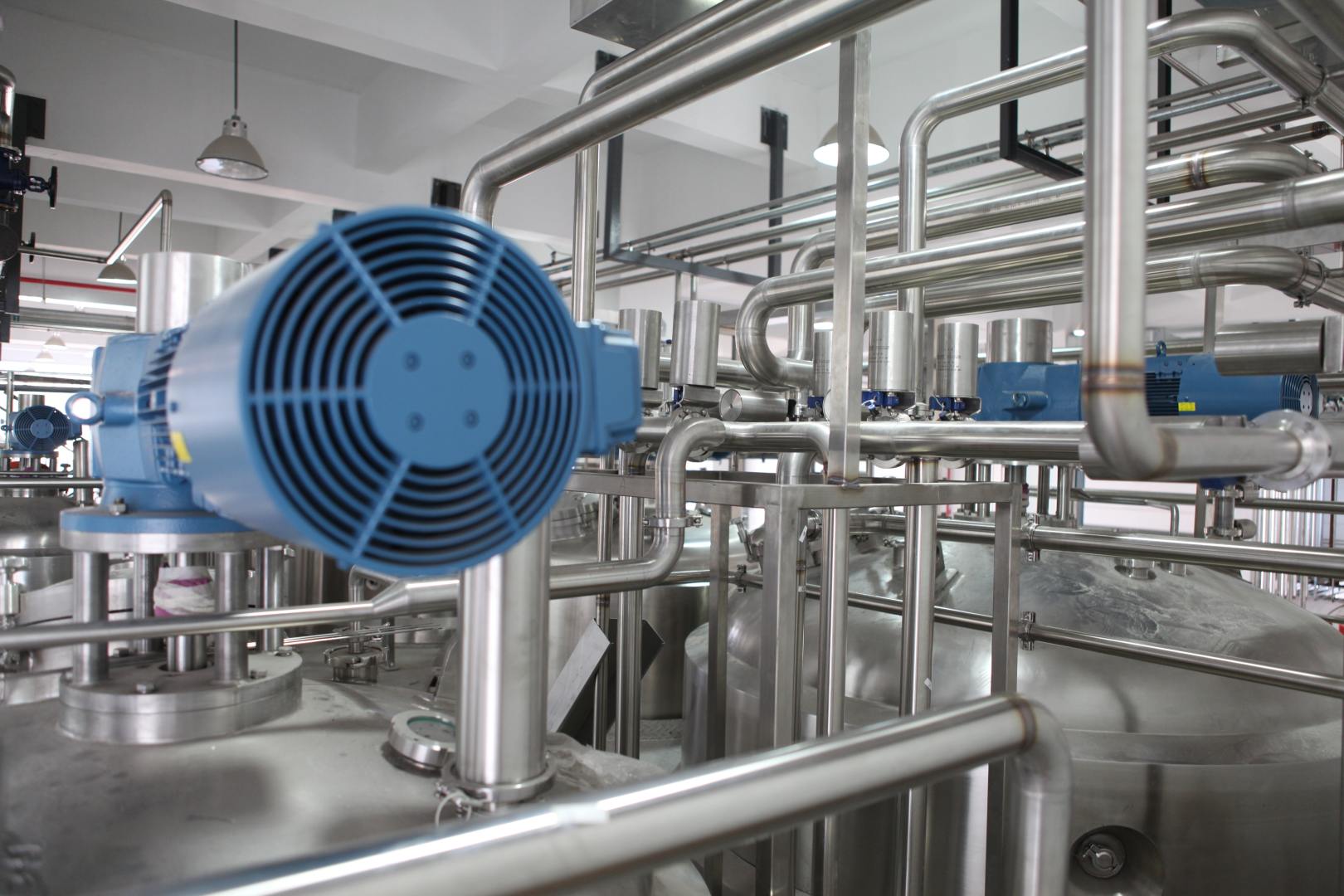
Efficiency and Sustainability for Your Waste Management Needs
MRF Design Process
Our MRF Design Process follows from the character of the raw material as well as request from off takers
Stringent quality control is maintained throughout RDF production, aligning with Off Taker / Customer standards.
Machineries
Bag Opener
1 unit
Opens and empties waste bags efficiently.
Disc Screen
1 unit
Separates materials based on size using a 30mm disc screen.
Sorting Platform
1 unit
Large platform for manual sorting and inspection of materials.
Dimensions: 6 meter x 12 meter
Belt Sorting
1 unit
Conveyor belt system for continuous sorting of materials.
Dimensions: 1.2 meter x 12 meter
Magnetic Separator
1 unit
Removes ferrous metals from the waste stream.
Shredder Machine
1 unit
Reduces the size of materials to 2 cm for further processing.
Size: 2 cm output
Centrifugal Dryer
1 unit
Removes excess moisture from processed materials using centrifugal force.
Rotary Dryer (Electric Heater)
1 unit
Further dries materials using electric heat in a rotating drum.
Horizontal Baller
1 unit
Compresses and bales processed materials for efficient storage and transport.
Granulator
1 unit
Granulates processed materials into small, uniform particles.
MRF Resource Recovery Target
Recovery of resources per process, adjusted to the needs of every MRF and Customer
Products
RDF Briquettes
Compressed RDF for efficient transportation and storage.
Sorted Plastics
Various grades of sorted plastics ready for recycling.
Metals
Ferrous and non-ferrous metals separated for recycling.
RDF Output
Refuse Derived Fuel (RDF)
High-quality alternative fuel source
- Calorific value: 15-20 MJ/kg
- Moisture content: ≤ 25%
- Applications: Cement kilns, power plants
- Environmental benefit: Reduces reliance on fossil fuels
Case Studies
TPST Bangkalan
Capacity: 100 tons/day
TPST Mrican Ponorogo
Capacity: 100 tons/day
TPST Lamongan
Capacity: 50 tons/day
Sustainability Impact
Waste Reduction
Up to 90% reduction in waste sent to landfills
Energy Generation
RDF can replace up to 30% of coal in cement kilns
CO2 Reduction
Potential to reduce CO2 emissions by 50,000 tons annually per facility
Economic Impact
Creates local jobs and supports the circular economy
Frequently Asked Questions
Ready to start your MRF project?
Let us help you design and implement an efficient Materials Recovery Facility tailored to your needs.
Get Started